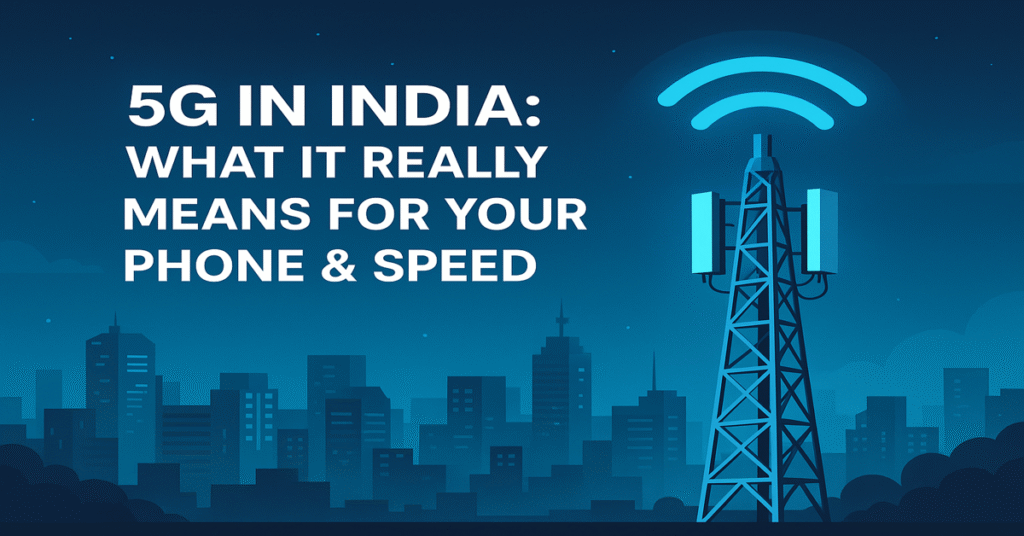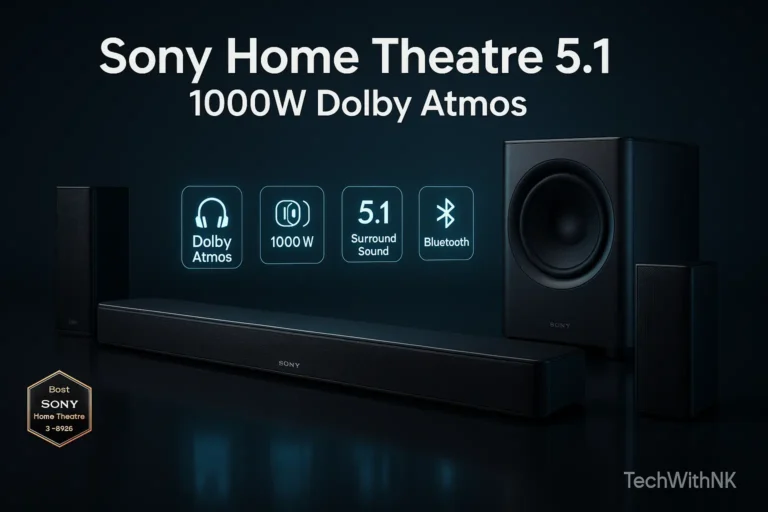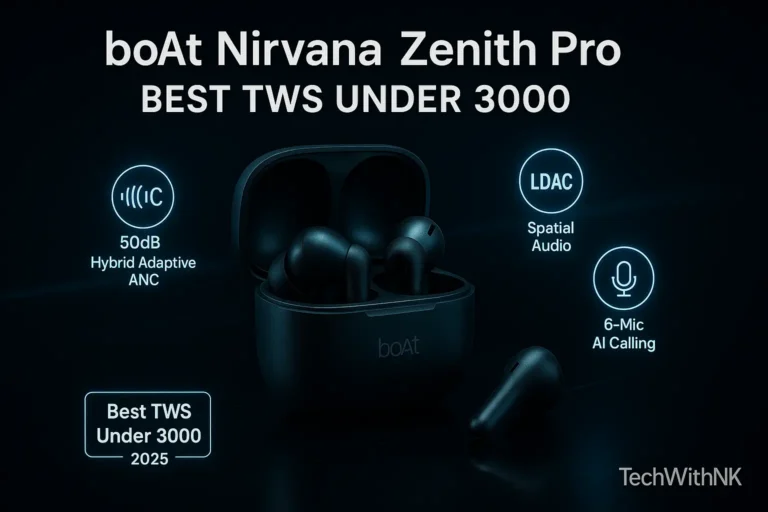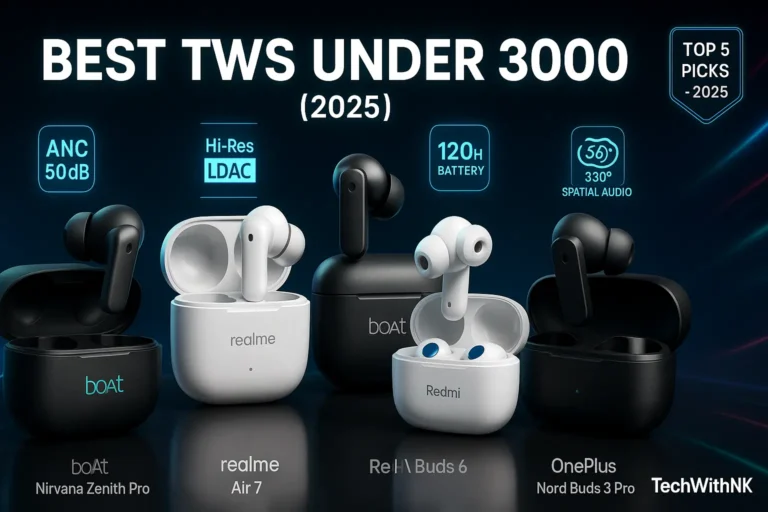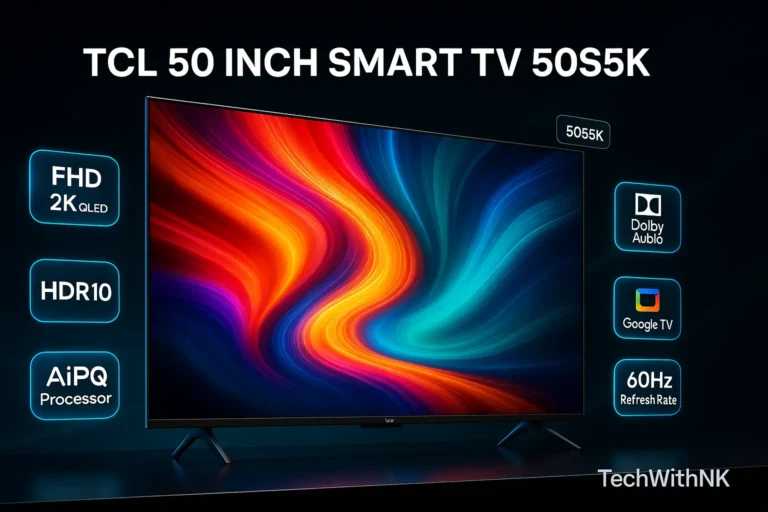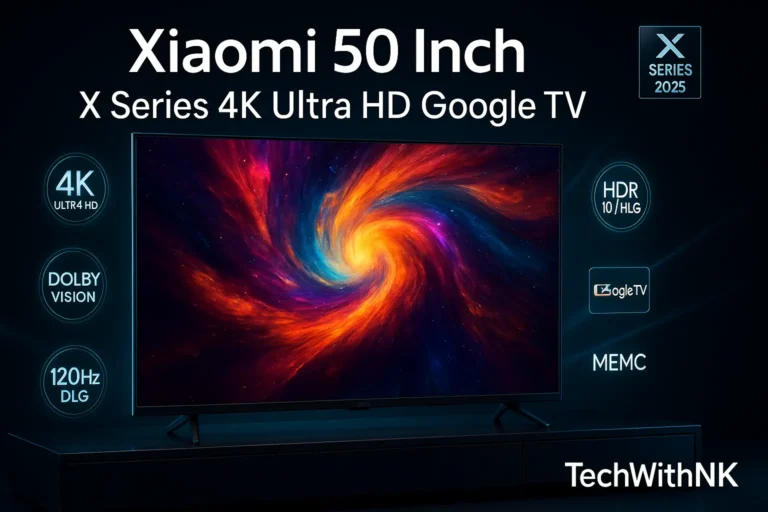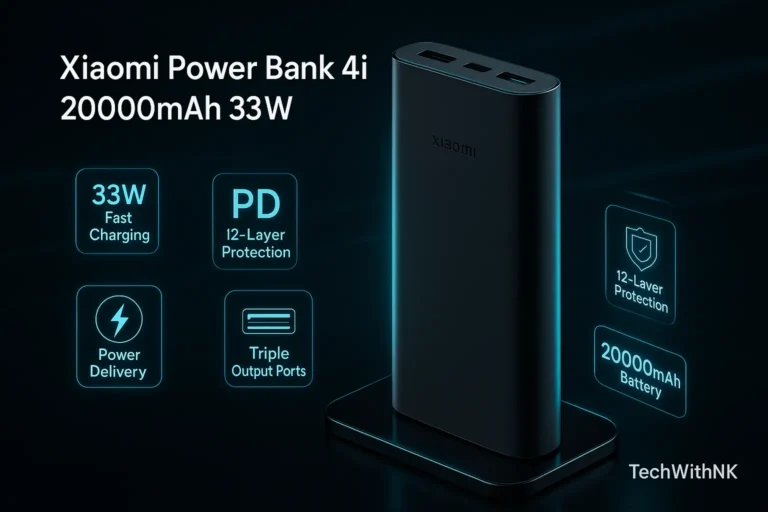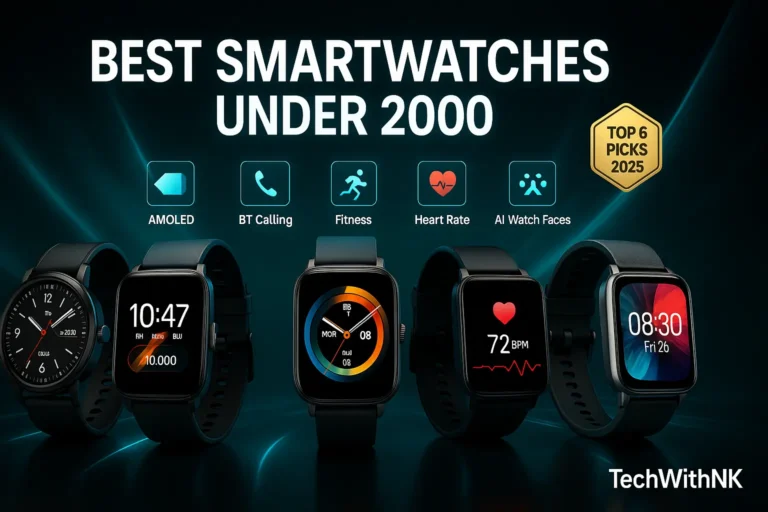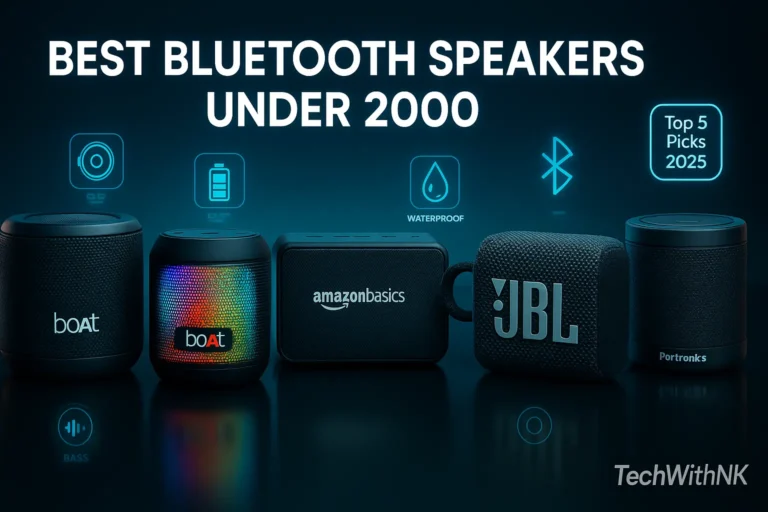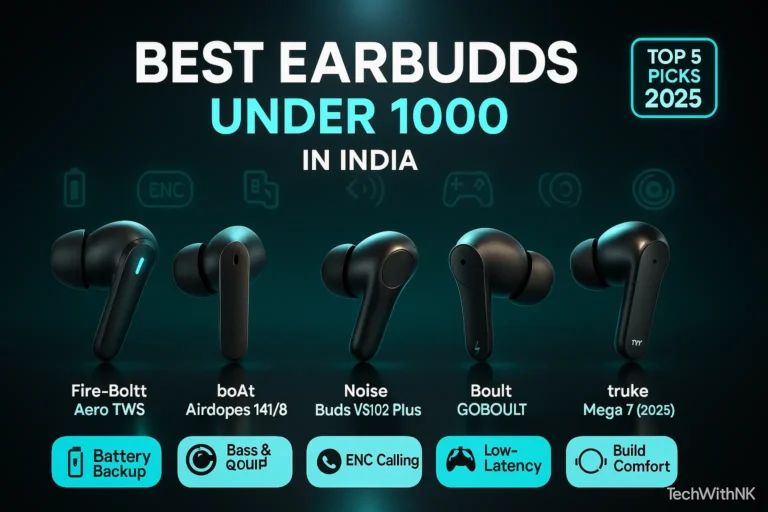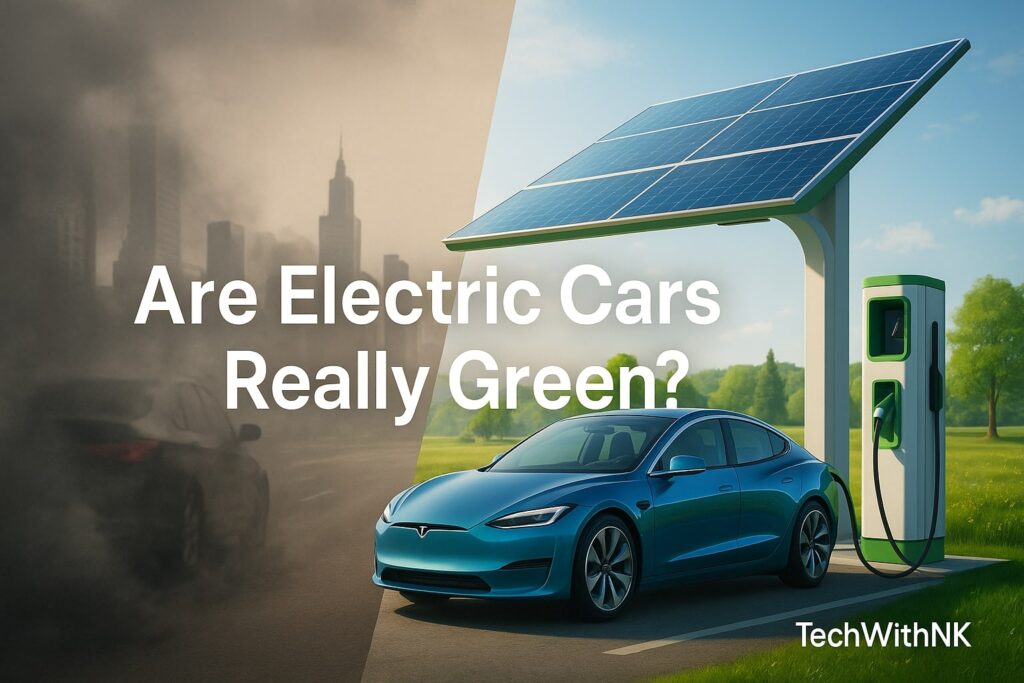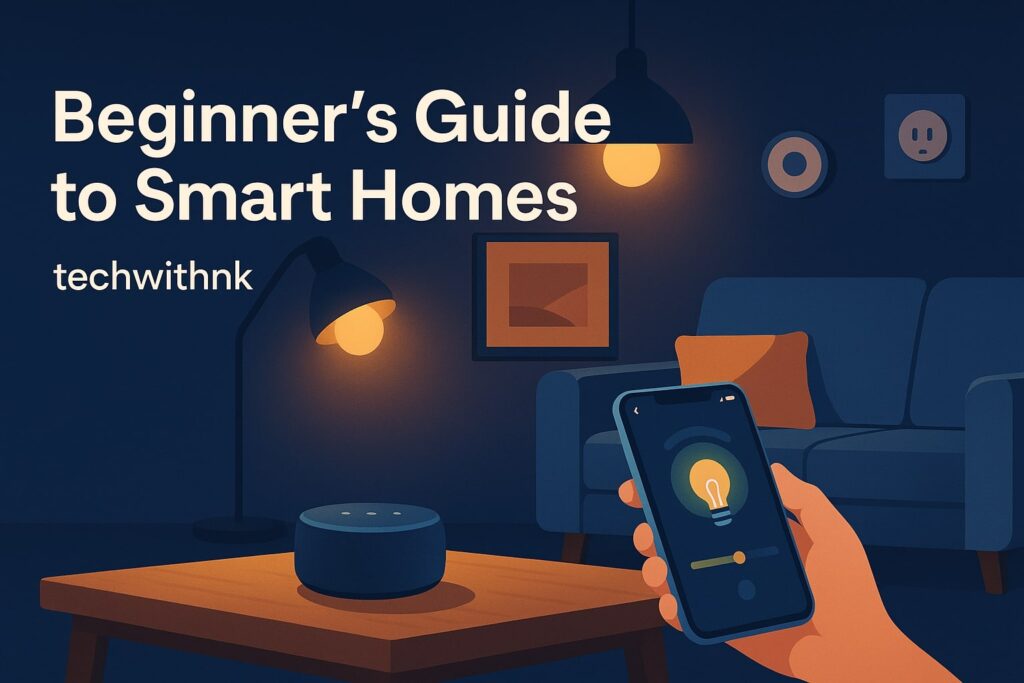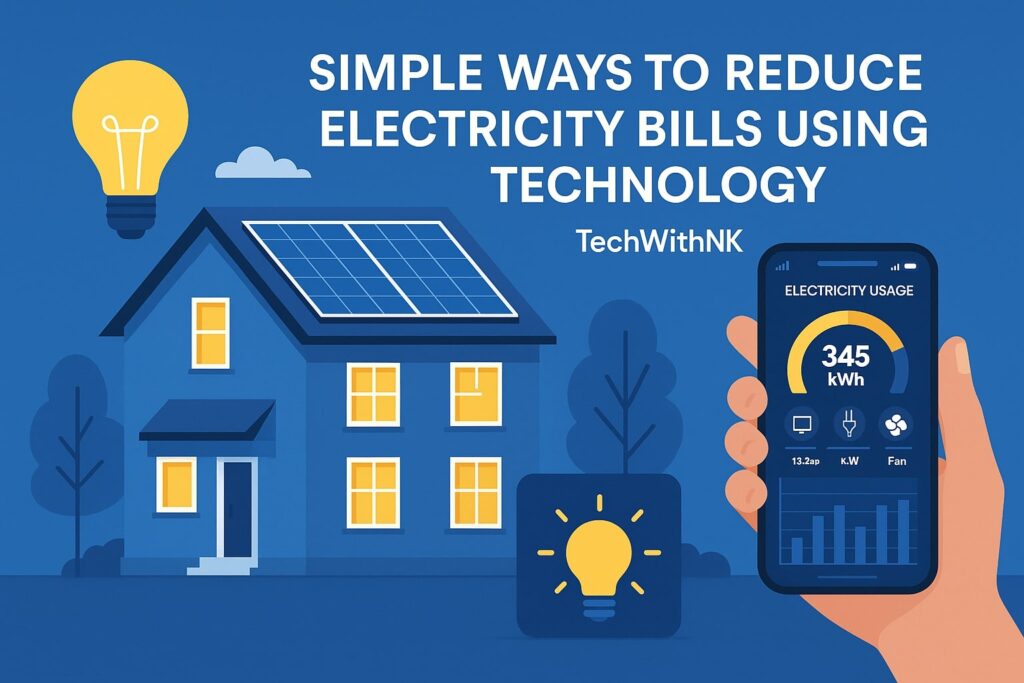Table of Contents
Toggle5G in India
If you’ve ever waited impatiently for a video to buffer, a file to download, or your navigation app to update in real time, then you already understand the frustration that 5G promises to end. But in a country as vast and diverse as India, the real impact of 5G goes beyond just faster internet. It’s a technological leap that redefines mobile connectivity, performance, and digital experience across all layers of society.
In this blog, we’ll explore what 5G means for everyday smartphone users in India, how it compares to previous generations like 4G, and take a glimpse into the future with upcoming 6G, 7G, and even theoretical 8G. Let’s unpack the full story behind the bars on your phone.
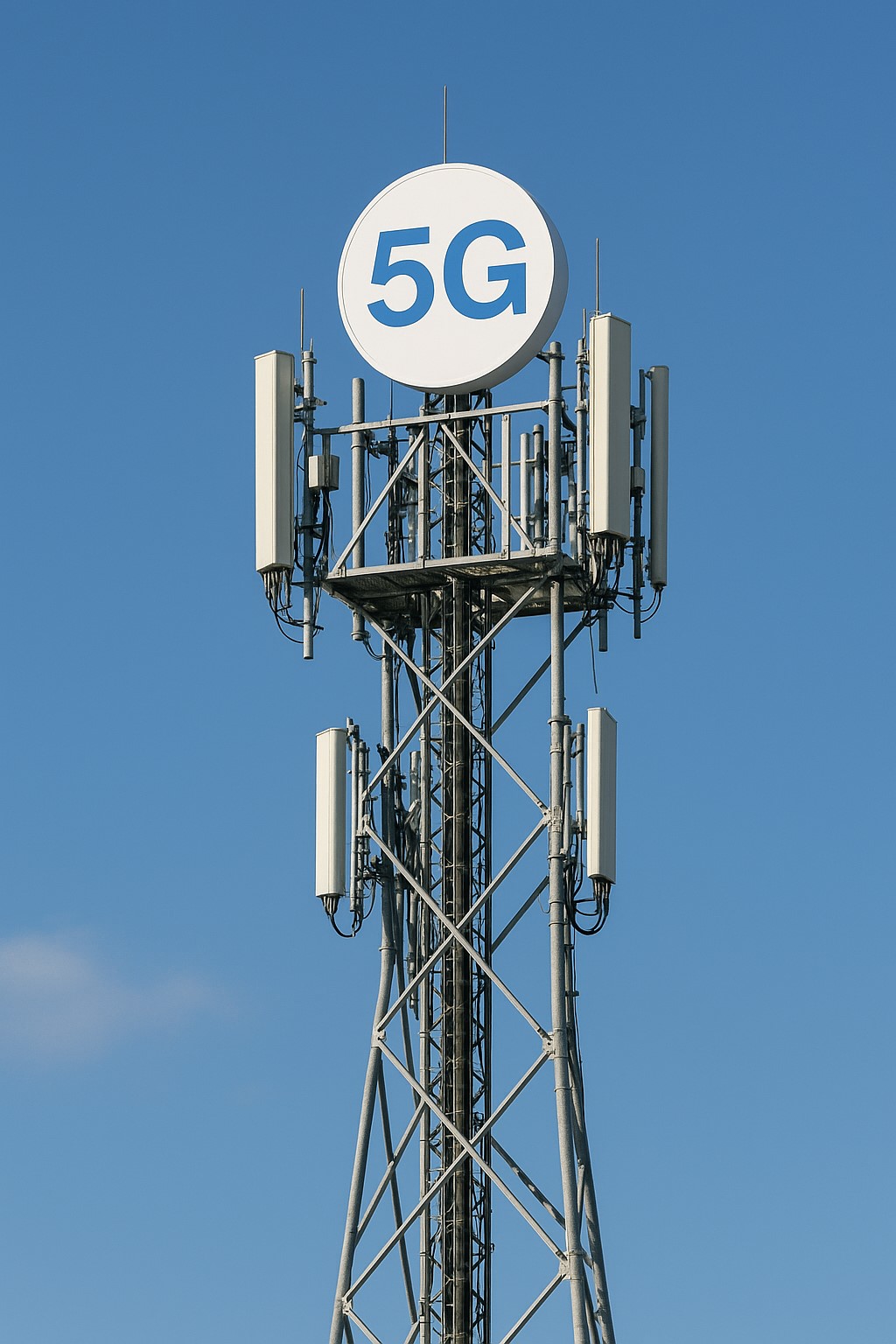
📶 The Evolution: From 1G to 5G and Beyond
To understand 5G, it helps to know what came before it. Each generation of mobile networks has brought a massive transformation in how we communicate:
| Generation | Era | Key Features |
|---|---|---|
| 1G | 1980s | Analog voice communication |
| 2G | 1990s | Digital voice, SMS |
| 3G | 2000s | Mobile internet, video calling |
| 4G | 2010s | High-speed internet, HD video, mobile apps |
| 5G | 2020s | Ultra-fast speeds, low latency, massive IoT |
| 6G | 2030s (Expected) | AI-integrated networks, terahertz spectrum |
| 7G & 8G | Future concepts | Neural interfaces, holographic communication, fully immersive tech |
Each generation didn’t just make phones faster—it changed the way we live. 5G is no different, and in India, it’s poised to redefine industries, education, and mobile lifestyle.

📱 What 5G Really Means for Your Smartphone
For the average Indian smartphone user, 5G is most exciting because of one simple benefit: speed. But speed isn’t the whole story.
1. Blazing Download & Upload Speeds
5G can theoretically reach speeds of 10 Gbps, which is 100x faster than 4G. In real-world Indian networks like Jio and Airtel, users are already experiencing 200–800 Mbps, even in early rollouts.
That means:
- HD movies download in seconds, not minutes.
- Streaming 4K content becomes seamless.
- Uploading to YouTube, Instagram, or Google Drive feels instant.
2. Ultra-Low Latency
Latency is the time data takes to travel from your device to a server and back. 4G has a latency of around 50 milliseconds; 5G reduces it to 1–10 milliseconds.
That’s game-changing for:
- Online multiplayer games (like BGMI, Free Fire, CoD Mobile)
- Video calls with zero lag
- Real-time GPS and augmented reality apps
3. Better Battery Efficiency & Network Stability
5G phones are smarter at handling data. While earlier they consumed more battery, newer 5G chipsets are optimized for performance and power use.
In areas with strong 5G coverage:
Phones connect faster and switch less between towers.
You’ll experience fewer call drops and interruptions.
Apps load more predictably, even in crowded places.
4. Massive Device Connectivity
While 4G struggles to handle many devices in one area (think concerts or stadiums), 5G can support 1 million devices per square km. This opens the door for:
- Smart homes and cities
- Real-time traffic management
- Rural digital infrastructure
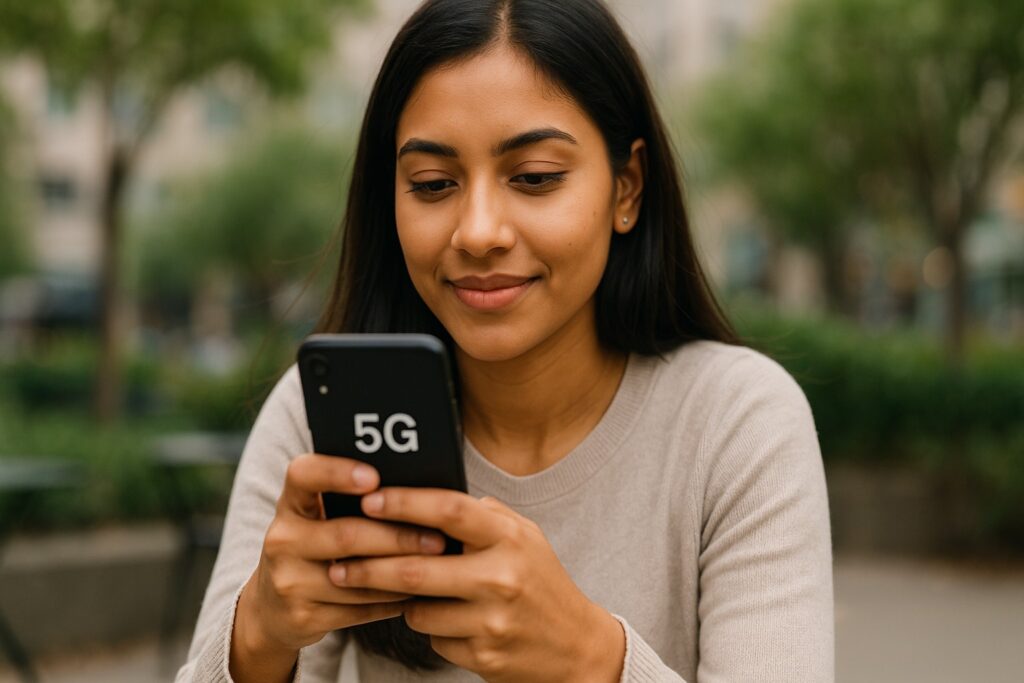
🇮🇳 The Indian Context: 5G Rollout and Reality
India officially launched 5G in October 2022. Since then, companies like Jio, Airtel, and Vodafone Idea have expanded services across major metros and Tier 2 cities.
Progress So Far:
Jio is deploying standalone (SA) 5G, building an all-new 5G infrastructure.
Airtel is using non-standalone (NSA) 5G, which builds on existing 4G systems.
Vodafone Idea (Vi) is yet to roll out mass 5G services but has trial zones.
Challenges in India:
Device readiness: Many mid-range phones lack proper 5G band support.
Spectrum auction costs: Telcos face massive debt from spectrum purchases.
Rural deployment: Urban areas are prioritized, creating a digital divide.
Still, the push is real: The Indian government plans 100% 5G coverage by 2026.
📊 4G vs 5G vs 6G (and Beyond): A Deep Comparison
Let’s break down the evolution in raw capability and future potential.
| Feature | 4G LTE | 5G | 6G (Future) | 7G / 8G (Speculative) |
|---|---|---|---|---|
| Speed | Up to 150 Mbps | 1–10 Gbps | 100 Gbps – 1 Tbps | 10–100 Tbps |
| Latency | 50 ms | 1–10 ms | ~1 ms or less | Sub-millisecond |
| Devices/km² | ~2,000 | 1 million | 10 million | Billions (theoretical) |
| Bandwidth | 20 MHz | 100 MHz–1 GHz | Terahertz | Terahertz+ quantum |
| Use Cases | Video, Browsing | Gaming, IoT, AR | Holograms, AI | Neural networks, BCI |
| Energy Use | Moderate | Low (optimized) | Self-powered | Zero-energy networks |
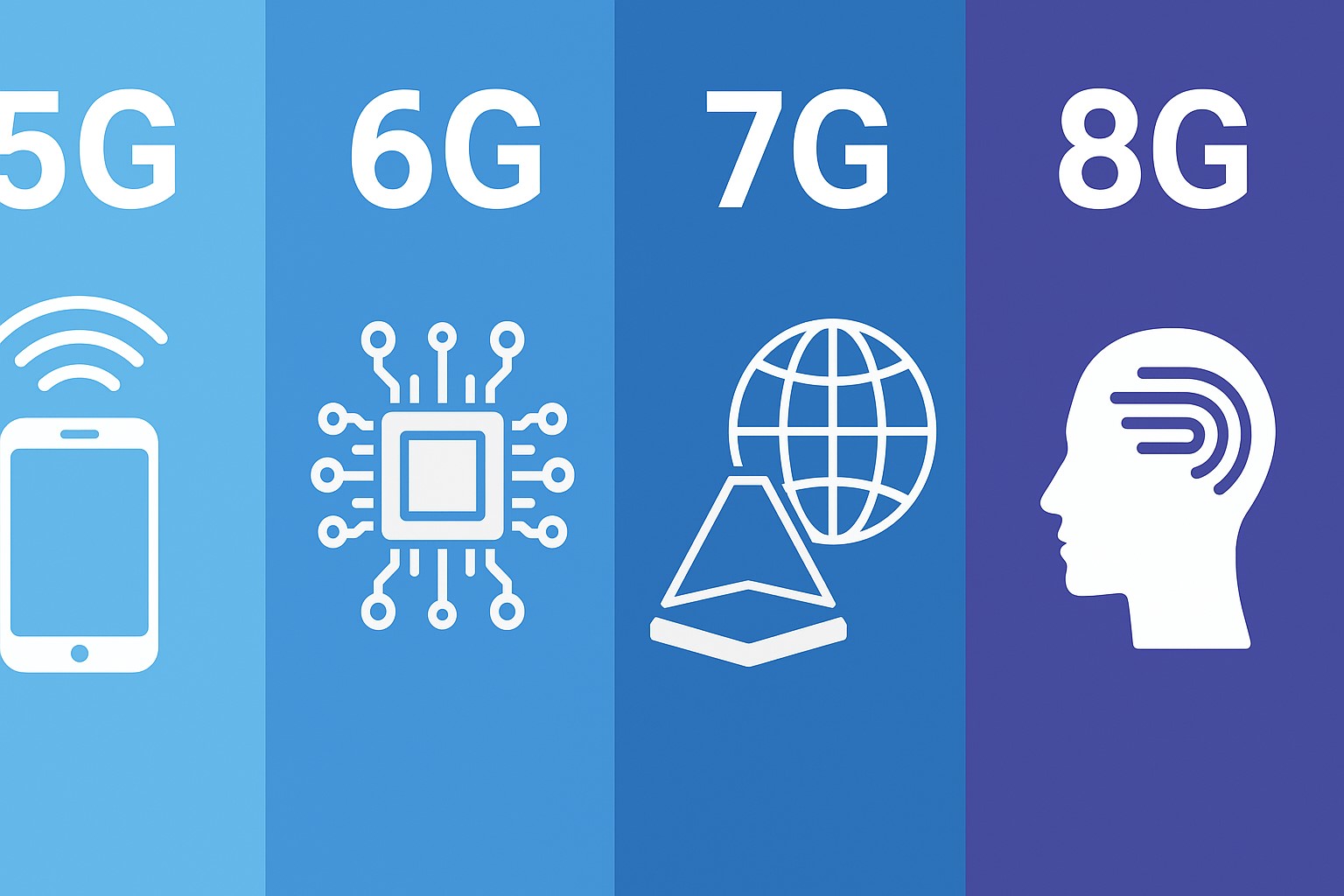
🤖 What Will 6G, 7G & 8G Look Like?
Even though 5G is still expanding in India, researchers and governments worldwide are already looking ahead.
🌐 6G (Expected ~2030)
- Will operate in terahertz frequencies
- Expected to be 100x faster than 5G
- Focus on AI integration, digital twins, holographic communication
- India’s telecom R&D is already part of global 6G alliances
🧠 7G and 8G (2035+?)
These are still theoretical and not standardized but are envisioned to:
- Enable brain-computer interfaces (BCIs)
- Seamlessly blend physical and digital reality
- Support holographic projection on mobile
- Power interplanetary communication
In simple terms: If 5G connects your devices, 8G might connect your mind to the internet.
📉 The Downsides: 5G Isn’t Perfect (Yet)
Despite its promise, 5G has some challenges:
Battery Drain: Especially in early devices or areas with unstable coverage.
Heating Issues: Constant data switching can cause phones to warm up.
Cost of Devices: True 5G-ready phones are more expensive.
Patchy Coverage: In India, 5G is still unavailable in many rural and semi-urban regions.
Security Concerns: More connectivity = more vulnerabilities if not secured properly.
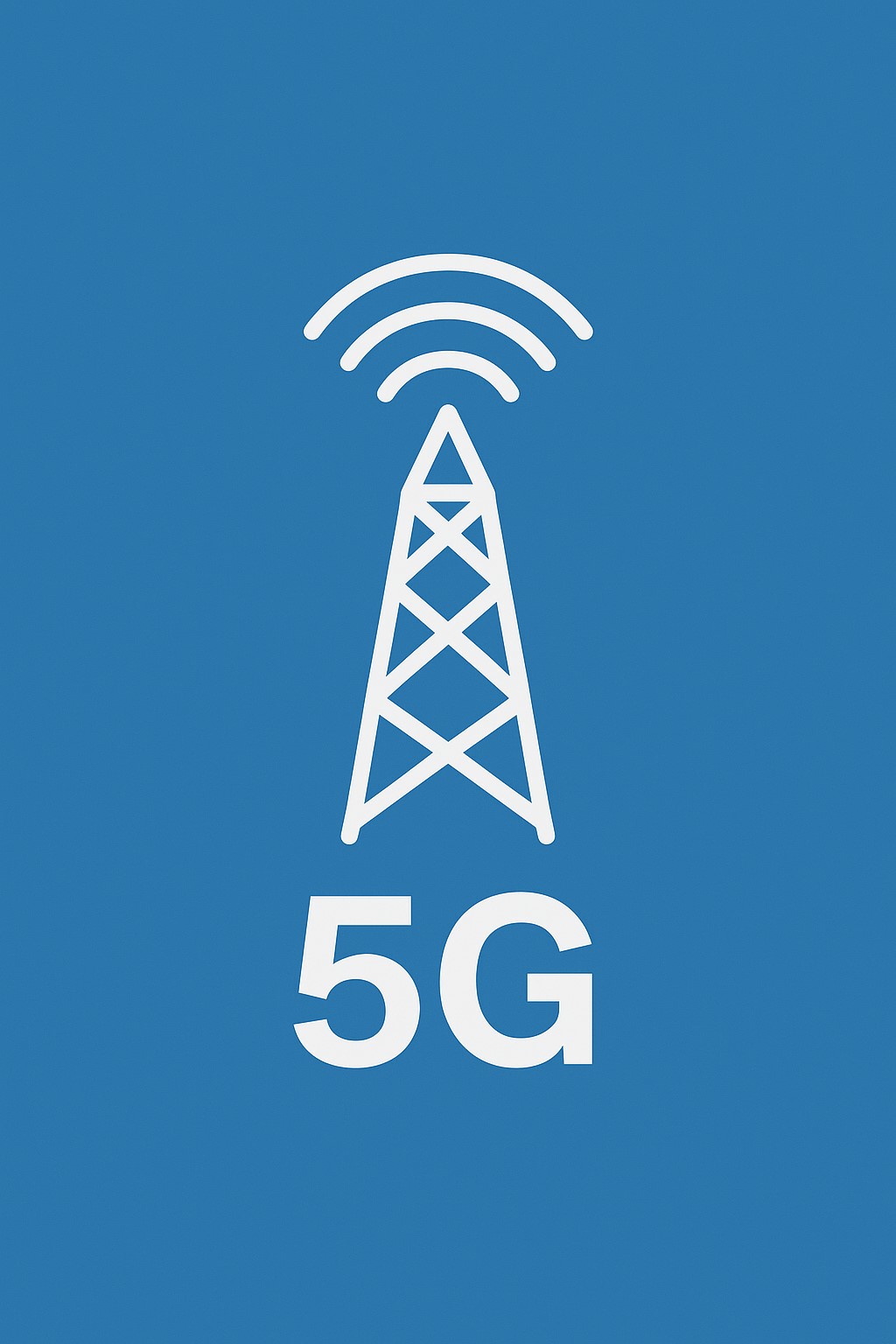
📲 Should You Upgrade to a 5G Phone in India?
Here’s a quick checklist to decide:
| Question | Answer |
|---|---|
| Do you live in a metro city with 5G coverage? | ✅ Upgrade makes sense |
| Is mobile gaming or content creation important to you? | ✅ You’ll benefit |
| Do you have a mid-range or high-end budget? | ✅ 5G phones are becoming affordable |
| Are you mostly on Wi-Fi or in rural areas? | ❌ 5G might not matter—yet |
In short: 5G is not mandatory today, but it’s inevitable tomorrow.
🧬 Beyond Phones: The Bigger Impact of 5G in India
🎓 Education
5G can bring virtual classrooms and AR-based learning to remote villages.
Students can access real-time lectures and interact with content like never before.
🏥 Healthcare
Doctors can perform remote surgeries using robotic instruments.
Rural clinics can connect with AI-based diagnostics and specialists in real time.
🚜 Agriculture
Smart sensors can monitor crop health, water levels, and weather conditions.
Farmers can receive real-time alerts and guidance through apps.
🏭 Industry 4.0
Manufacturing becomes smarter with machine-to-machine (M2M) communication.
Robotics, automation, and supply chain tracking get a huge boost.
🧠 Final Thoughts: The Real Meaning of 5G in India
5G in India is more than just a technological upgrade. It’s a foundational shift that brings India closer to a fully digital, connected future. For your phone, it means better speed, smoother performance, and new experiences. But for India as a whole, it means smarter cities, better education, more efficient agriculture, and access to cutting-edge healthcare.
We’re standing at the edge of a digital revolution, and your phone is just the beginning.
1.What are 6G, 7G, and 8G? Are they real?
6G is in early research and expected by 2030. It will offer speeds 100x faster than 5G and deep AI integration.
7G and 8G are conceptual. They may include technologies like brain-computer interfaces, holography, and interplanetary communication.
As of now, only 5G is commercially available.
2. How can I check if 5G is available in my area?
You can:
Use your telecom provider’s app (like MyJio or Airtel Thanks)
Look for the “5G” icon in your phone’s status bar
3.Is 5G available in all parts of India?
Not yet. As of 2025, 5G is available in most metro cities and many Tier 2 towns via Jio and Airtel. Full nationwide coverage is expected by 2026–27.

